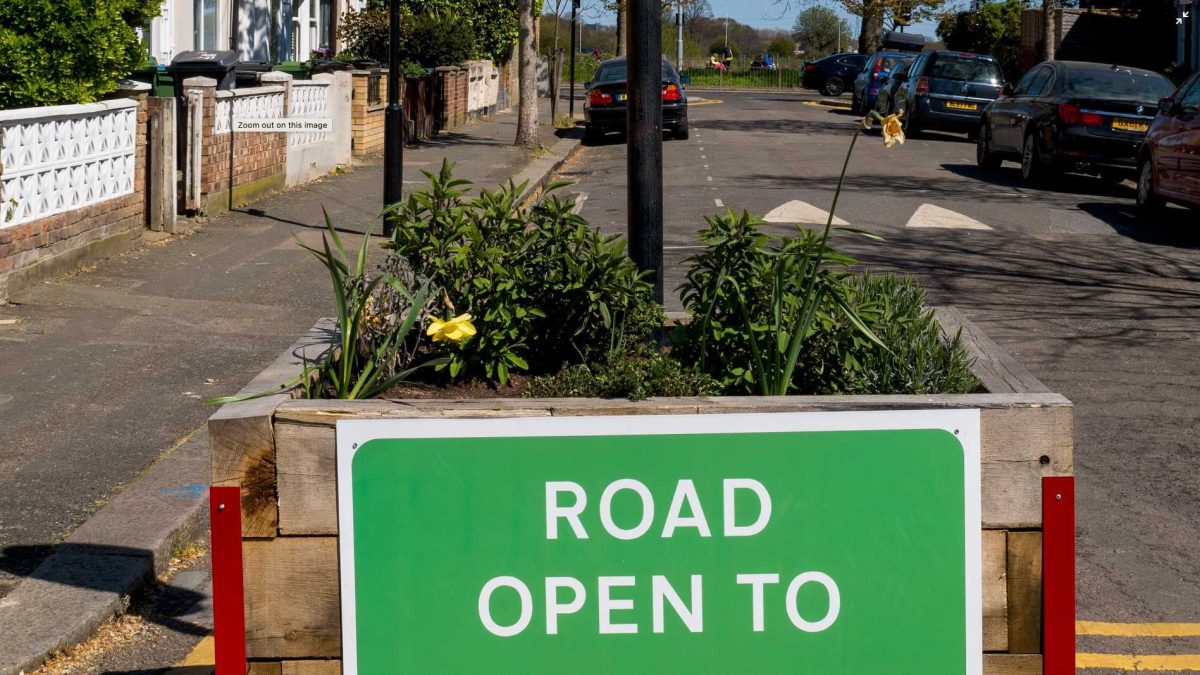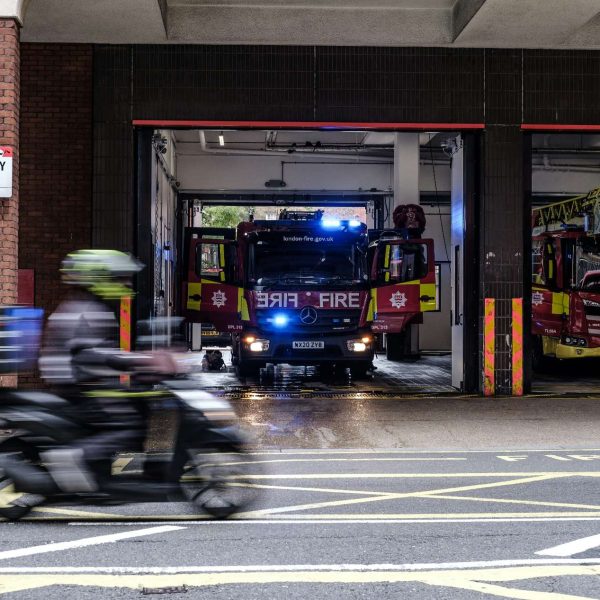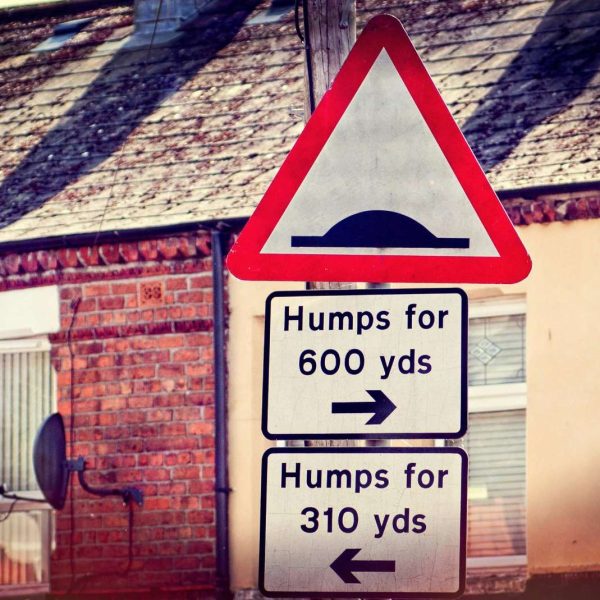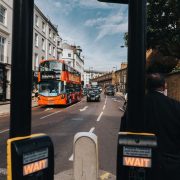
Speed Tables Make Streets Safer for Everyone
Speed tables are an effective and popular traffic calming measure that is being widely implemented in cities around the world. These tables are designed to force vehicles to slow down by creating a raised platform that spans the width of the road. They are most commonly used in residential neighborhoods, school zones, and other areas where pedestrians and other vulnerable road users are present.
The use of speed tables as a traffic calming measure dates back several decades, and their first implementation is difficult to pinpoint as they have been used in different forms and under various names.
However, one of the earliest documented uses of a speed table was in the United Kingdom in the 1970s. A raised platform was installed in a residential area of the town of Warrington, Cheshire, to slow down speeding drivers. The success of this measure led to the widespread adoption of speed tables throughout the UK and eventually in other parts of the world.
Since then, speed tables have become a popular traffic calming measure in many countries, including the United States, Canada, Australia, and New Zealand. In the United States, speed tables were first used in the 1990s, and since then, their popularity has grown as more cities have implemented them as a means of improving road safety.
Today, speed tables are a common feature in many urban areas and are used to reduce vehicle speeds and improve safety for pedestrians and other vulnerable road users. While the exact origins of speed tables may be difficult to trace, their effectiveness in improving road safety has made them a popular choice for traffic calming in cities around the world.
Studies have shown that speed tables can reduce vehicle speeds by up to 20 mph, which can make a significant difference in terms of safety. By forcing drivers to slow down, speed tables can help reduce the risk of accidents, particularly in areas where there is a high volume of pedestrians and cyclists.
There have been several studies conducted on the effectiveness of speed tables in reducing vehicle speeds. One study published in the Journal of Transportation Engineering in 2003 found that speed tables reduced speeds by 5-10 mph on average, with larger reductions for heavier vehicles. Another study published in the Journal of Transportation Safety & Security in 2017 found that speed tables reduced vehicle speeds by 14-23%, depending on the type of vehicle.
A study conducted by the City of Seattle in 2007 found that speed tables reduced vehicle speeds by an average of 10 mph in residential areas, and up to 20 mph in school zones. Similarly, a study conducted by the City of Edmonton in 2016 found that speed tables reduced vehicle speeds by 8-12 mph on average.
Overall, these studies suggest that speed tables can be an effective tool for reducing vehicle speeds and improving safety in areas where pedestrians and other vulnerable road users are present. However, the effectiveness of speed tables may vary depending on the specific characteristics of the area in which they are implemented.
Speed tables can also contribute to reducing noise levels in urban areas. When vehicles slow down to pass over a speed table, they produce less noise, which can be particularly beneficial in residential areas.
Another advantage of speed tables is that they are relatively easy to install and maintain. They can be customized to fit the needs of the area, with different sizes and shapes available. Bright colors can also be painted on them to improve their visibility to drivers.
However, speed tables do come with some limitations. They can be expensive to install and maintain in the long run, and larger vehicles such as buses and trucks may have difficulty navigating them. Some drivers may also find speed tables to be an annoyance since they force them to slow down.
Despite these drawbacks, speed tables remain an effective solution for improving road safety. They are a simple and easy way to make streets safer for everyone, particularly in areas where pedestrians and other vulnerable road users are present.
In addition to speed tables, there are several other traffic calming measures that cities can use to improve road safety. These include roundabouts, speed humps, and chicanes, among others. Each of these measures has its own advantages and disadvantages, and the choice of which to implement will depend on the specific needs of the area.
In conclusion, speed tables are a valuable tool for improving road safety in urban areas. By reducing vehicle speeds and improving safety for pedestrians and other vulnerable road users, speed tables can help make streets a better place for everyone. While they do come with some limitations, the benefits of speed tables make them an effective solution that cities should consider when looking to improve road safety.
Post sponsored by Quicksetts speed tables
















